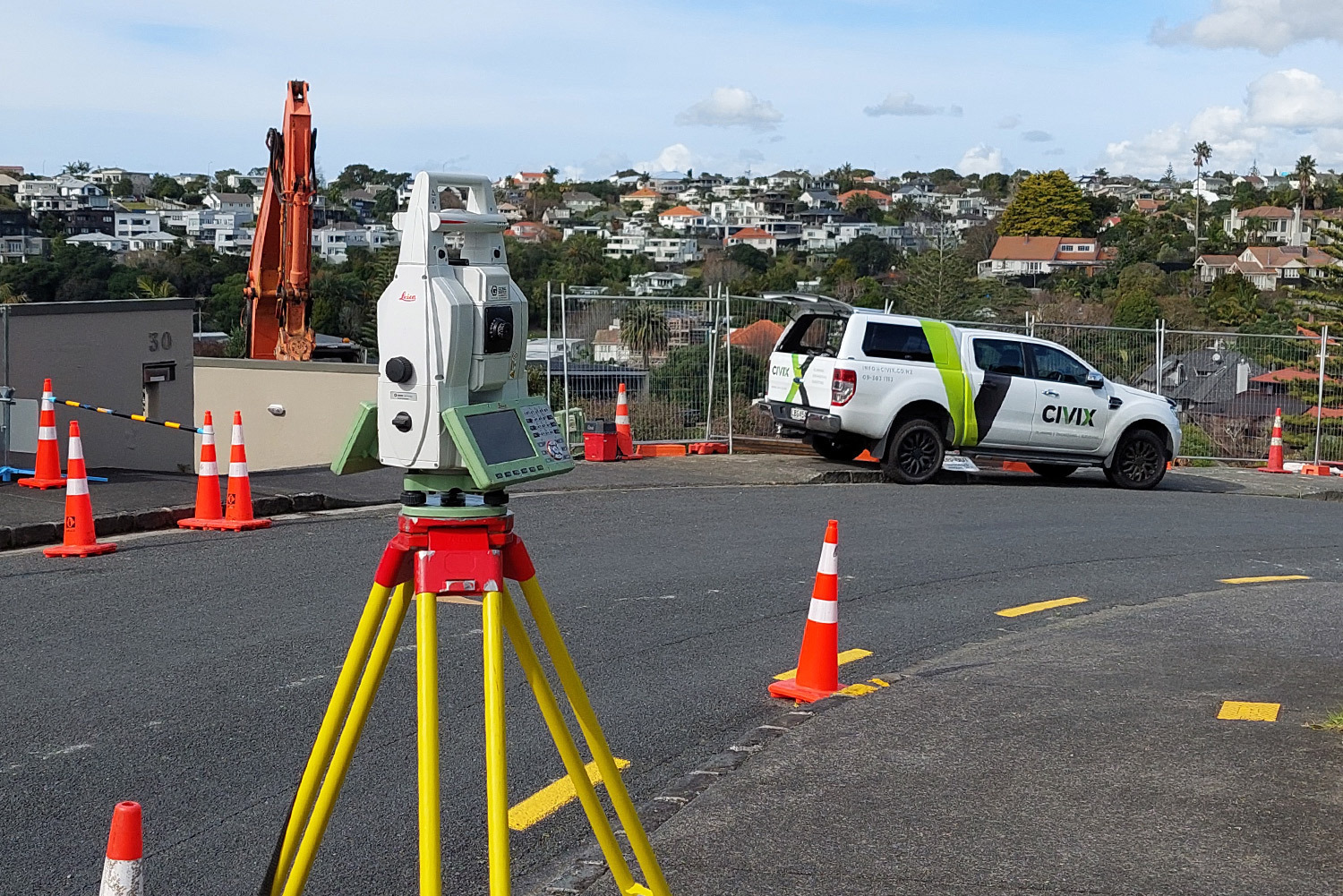The New Zealand government has introduced a legal framework of rules and standards to regulate cross lease property ownership and avoid discrepancies. Cross lease legislation plays a crucial role in maintaining order and justice between cross lease partners. It addresses various aspects of cross-lease agreements to ensure that property owners have a clear understanding of their rights and obligations.
It's essential for property owners involved in cross-lease arrangements to be familiar with the specific legislation. Civix has a team of licensed cadastral surveyors, engineers, town planners, and barristers who can offer guidance on complying with cross lease legislation and understanding your rights and obligations.

Standard Cross Lease Terms
When you're considering buying a property with a cross lease title, it's crucial to carefully review the terms of the lease agreement. A cross lease title essentially means that two or more people own the land jointly and lease the individual flats or units on the property. These owners have both an undivided share in the land and a leasehold estate, usually for a lengthy term like 999 years.
Typically, you'll have exclusive use of a specific area designated on the title plan. The areas that are shared among the owners and the common areas are usually indicated on this plan as well. The lease agreement pertains to your designated area and includes certain obligations, known as covenants, that you, as the flat owner, must adhere to.
Here are some examples of common covenants found in a cross lease agreement:
● Property Maintenance: You're responsible for keeping your flat, garage, and designated land area in good repair and a tidy condition. Make sure to maintain both the interior and exterior of the dwelling including the roof, plumbing, electrical systems, drains, spouting, downpipes, and more.
● Shared Maintenance Costs: All property owners with a cross lease title will share the cost of maintaining common areas like grounds, driveways, parking areas, paths, fences, and other shared amenities with the other owners. However, the cost of repairing any damage (resulting from the willful actions or negligence of a house owner, their agents, or guests) will be the sole responsibility of that owner.
● Colour Scheme: Cross lease agreements often dictate that the exterior colour scheme of the buildings on the land must be agreed upon by the Lessors. In cases where an agreement cannot be reached, the colour scheme should be similar to the existing scheme of the dwellings on the property.
● Pets: You can only use your property for residential purposes, and you should not engage in activities that cause nuisance or disturbance. This includes the keeping of pets that might create such disruptions. While pets are generally allowed, make sure they do not disrupt others' quiet enjoyment or cause a nuisance.
● Insurance: You must maintain a separate and comprehensive insurance policy, including coverage for fire and earthquake risks, for the full insurable value of your flat.
● Renting Your Flat: You have the right to rent your flat, but you must enter into a tenancy agreement with the subtenant. You must also ensure that the tenant will not engage in activities that violate the lease terms.
● New Construction: If you plan to make structural alterations or additions to the dwelling that change its external dimensions as indicated on the plan, you must obtain consent from your cross lease neighbours before commencing any construction work. Failure to obtain consent can create issues. If alterations have been made without consent, the current owner may seek consent from the others, depending on their relationship.
Moreover, according to cross lease rules in NZ, you must also document the changes in the external dimensions on the certificate of title. If there have been additions or alterations that aren't on the plan, it's considered a "defect" in the title. Altering the external dimensions may require resurveying and updating the flat plan by licensed Cadastral surveyors.
Updating Titles - Complete Process Of Cross Lease Legislation
When faced with a defective cross lease title resulting from alterations to the building layout that deviate from the original flat plan, it becomes necessary to rectify and update the cross lease title as per the established procedures outlined in cross lease legislation.
The process of updating a cross lease title in New Zealand due to changes in the layout of a building from the original flat plan typically involves these steps.
● All cross leaseholders involved in the property must agree to the proposed changes and share written consent, typically in the form of their signatures on the amending document.
● Depending on the extent of the building layout changes, you may need to apply for resource consent from the local council.
● Check if a new LIM report is needed as a result of the changes.
● Submit the amending document and survey report to LINZ for approval.
● Once LINZ approves the changes, you need to oversee the registration of the updated cross lease title with the Land Registry.
● Obtain copies of the updated title and related documents for your records.
● Ensure ongoing compliance with the updated cross lease agreement.
● Ensure all fees and taxes are paid as required.
How Can Civix Help You?
To update your title in compliance with cross lease legislation, you must hire an experienced Land surveyor team. Civix is well-equipped to help you throughout this process because we have a team of licensed cadastral surveyors, town planners, architects, engineers, and legal experts.
We offer comprehensive guidance on the intricacies of cross leases, whether you are considering purchasing a cross lease property, have already made a purchase and seek clarification on your rights and property modification restrictions, require rectification of a defective cross lease title, or wish to convert your title to freehold.